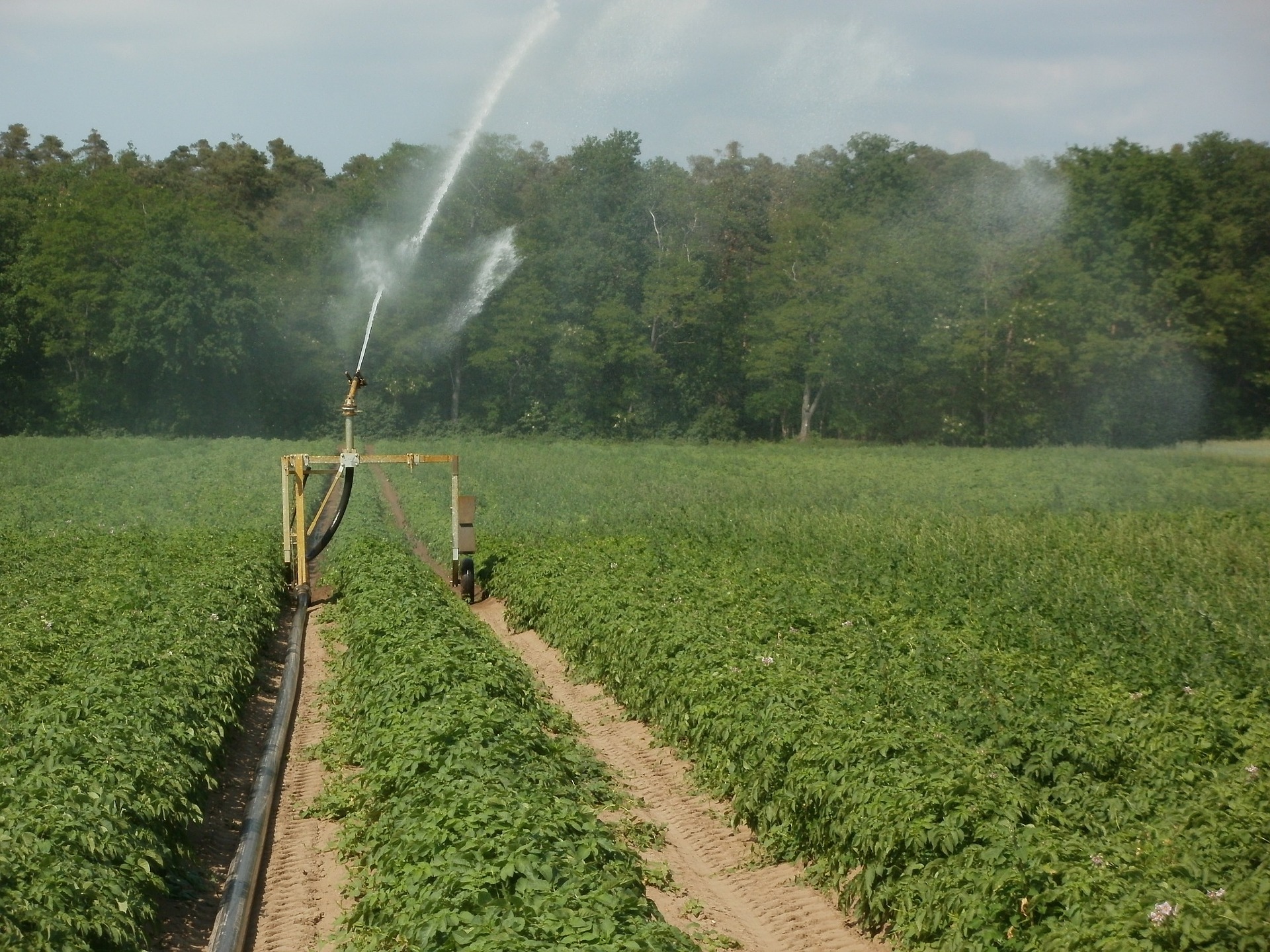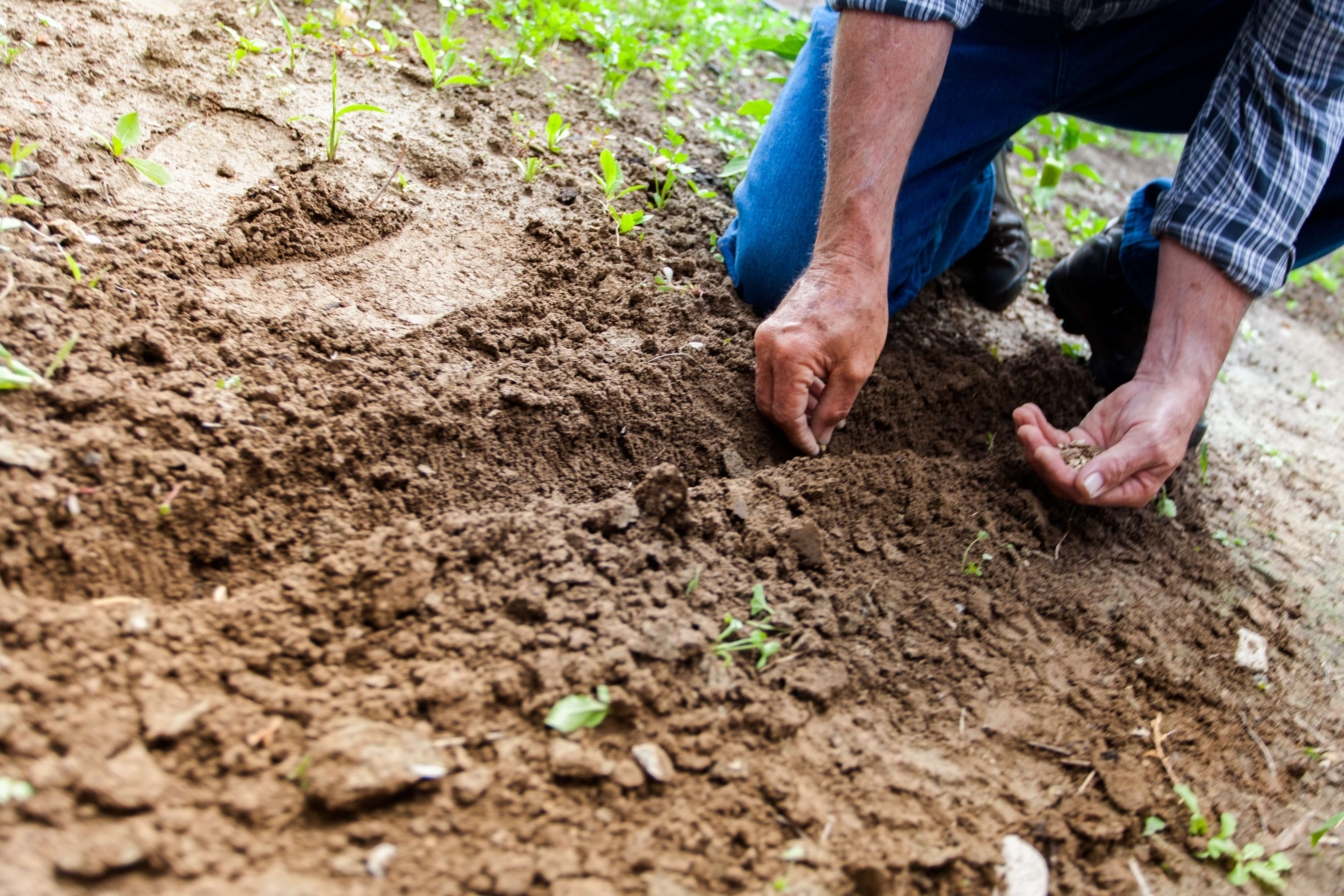A lack of water is one of the biggest issues facing many plants. As you probably know water is essential for every form of life; without it, you’ll struggle to grow weeds; never mind decent flowers or crops.
That’s why you need an irrigation system to get your water to the plants; it simply isn’t possible to water them regularly and effectively enough manually.
Contents
Create A Small Scale Irrigation System:
Of course, you’ll need access to a good supply of water. You’ll also need quality dewatering pumps; one may be enough if you are very small scale but two is often better to give you a backup option.
You’ll also need a network of pipes with tiny holes in; allowing the water to soak into the soil below ground level. This will help to prevent evaporation and allow the plants to pick the water up with their roots.
Valves and other small pieces of equipment will make it easier for you to control the amount of water each group of plants gets.
However, there are several issues when dealing with small-scale irrigation:
Cost Of Pumps:
To get the water from the source to the crops requires a pump or two. However, this will run on electricity and can cost a considerable amount if you need it running most of the time.
A good alternative is to fit a solar panel; or more than one if necessary and use the electricity generated to power your pump. The cost of your irrigation system will be dramatically reduced!
Water Wastage:
It is also possible that you’ll be wasting large amounts of water when you irrigate. You can’t be sure that every part of your land needs water without checking and this is very time to consume as well as impractical.
You can buy sensors to check the moisture content of the soil; these will help you to decide if you need to water or not.
You can also buy a timer for your pump system that only switches it on and off at set times of the day. You can choose these for when it is most beneficial for your plants.
Water Rights:
You may not need to take water from the mains supply if you have a body of water or a steam near you. However, you’ll then have to consider the rights associated with that water.
It may have already been claimed by someone else or it may be important for a group of people further downstream.
It may even be that you inadvertently pollute the water or someone else has. To save yourself a lot of agro you need to establish the facts regarding any water source before you start using it.
This is especially true if you’re thinking of adding a dam or similar to the water.
Local Rules:
If water is a relatively scarce commodity then there are likely to be constraints on how much you can use and when. This can make it extremely difficult to irrigate your plants; especially if you have no other source of water.
It’s important you’re aware of the local rules before you start your farming activities.
Read Also:






















